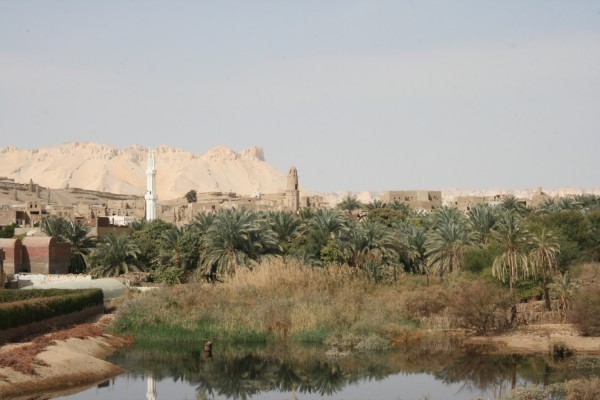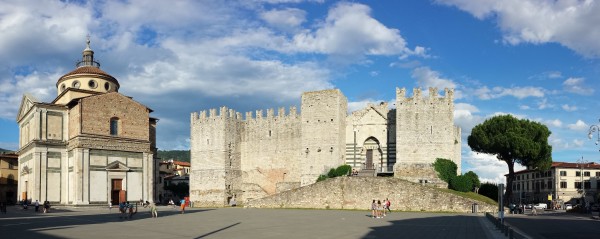
Two Dr VC&A team members, Dr Paul Kucera and Sarah Ricketts recently travelled to Prato, Italy to attend the Ninth International Conference of the Dakhleh Oasis Project.
Dakhleh Oasis Project has been running continuously since 1978 and facilitates the study of the settlement of an oasis in Egypt’s Western Desert. The project has a unique combination of individual researchers from a variety of disciplines as well as international universities.
This project has investigated more than 600 archaeological sites which covers a period of at least 500,000 years of human past. It has found lost towns, discovered ancient books, and studied hundreds of rock art depictions.
Both Sarah and Paul presented the findings of their work at the conference.

Sarah presented recent results from her study of the lithic assemblage from the site of Mut al-Kharab, in the south-central part of the Oasis. Mut is the ancient capital, and contains the remains of the largest temple enclosure in the Western Desert. Settlement here spans over four millenia, stretching from at least the Old Kingdom to the present day. She discussed the connections between the indigenous Sheikh Muftah inhabitants and Old Kingdom Egyptians from the Nile Valley in the Western Desert, as well as her study of the manufacturing traditions of stone tools and the expression of cultural identity that this shows.
Paul reported on some observations of ceramics from the most recent field season at al-Qasr – the site of an Islamic settlement built atop the ruins of an earlier Roman fort. The fort was known as Ta Castra, of which there are records from documentary texts, and the fort most likely was the headquarters of a late Roman auxiliary unit. Paul’s presentation on the ceramics discussed the transition of types and styles between the end of the Roman occupation and the beginning of the Islamic period, including examples of new forms and materials not previously encountered at the site. This study sheds new light on the occupation of the settlement and raises new research questions to be studied in the future.
For those interested in learning more about the project, follow the link to the project’s website.
